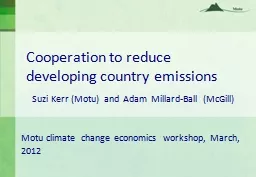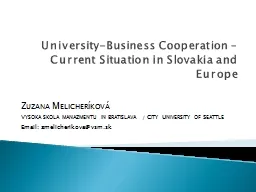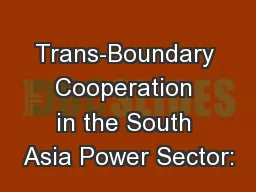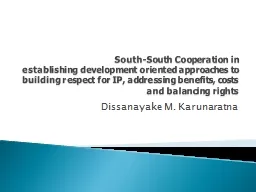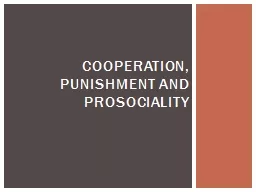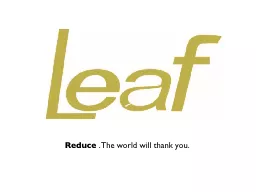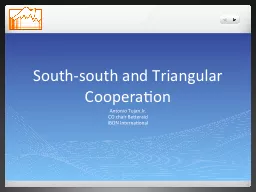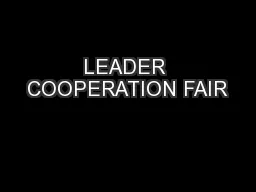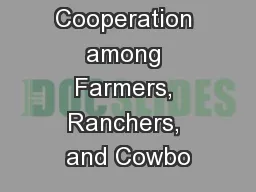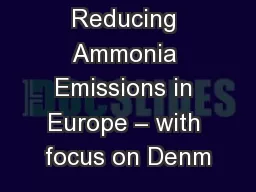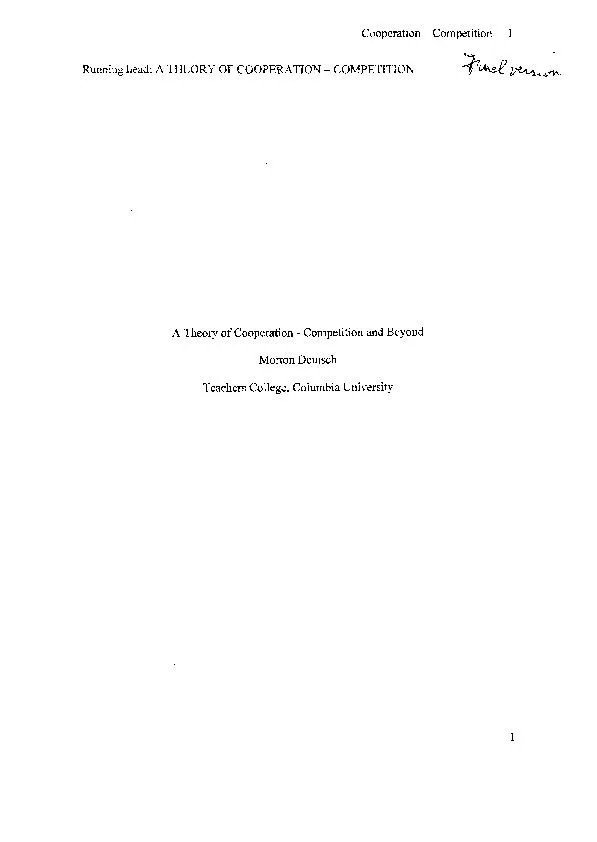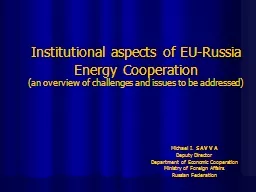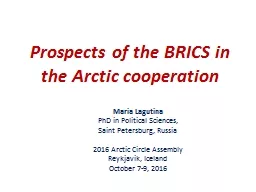PPT-Cooperation to reduce developing country emissions
Author : cheryl-pisano | Published Date : 2017-09-29
Suzi Kerr Motu and Adam MillardBall McGill Motu climate change economics workshop March 2012 The challenge We need DCs to mitigate to meet targets We want DCs
Presentation Embed Code
Download Presentation
Download Presentation The PPT/PDF document "Cooperation to reduce developing country..." is the property of its rightful owner. Permission is granted to download and print the materials on this website for personal, non-commercial use only, and to display it on your personal computer provided you do not modify the materials and that you retain all copyright notices contained in the materials. By downloading content from our website, you accept the terms of this agreement.
Cooperation to reduce developing country emissions: Transcript
Download Rules Of Document
"Cooperation to reduce developing country emissions"The content belongs to its owner. You may download and print it for personal use, without modification, and keep all copyright notices. By downloading, you agree to these terms.
Related Documents

